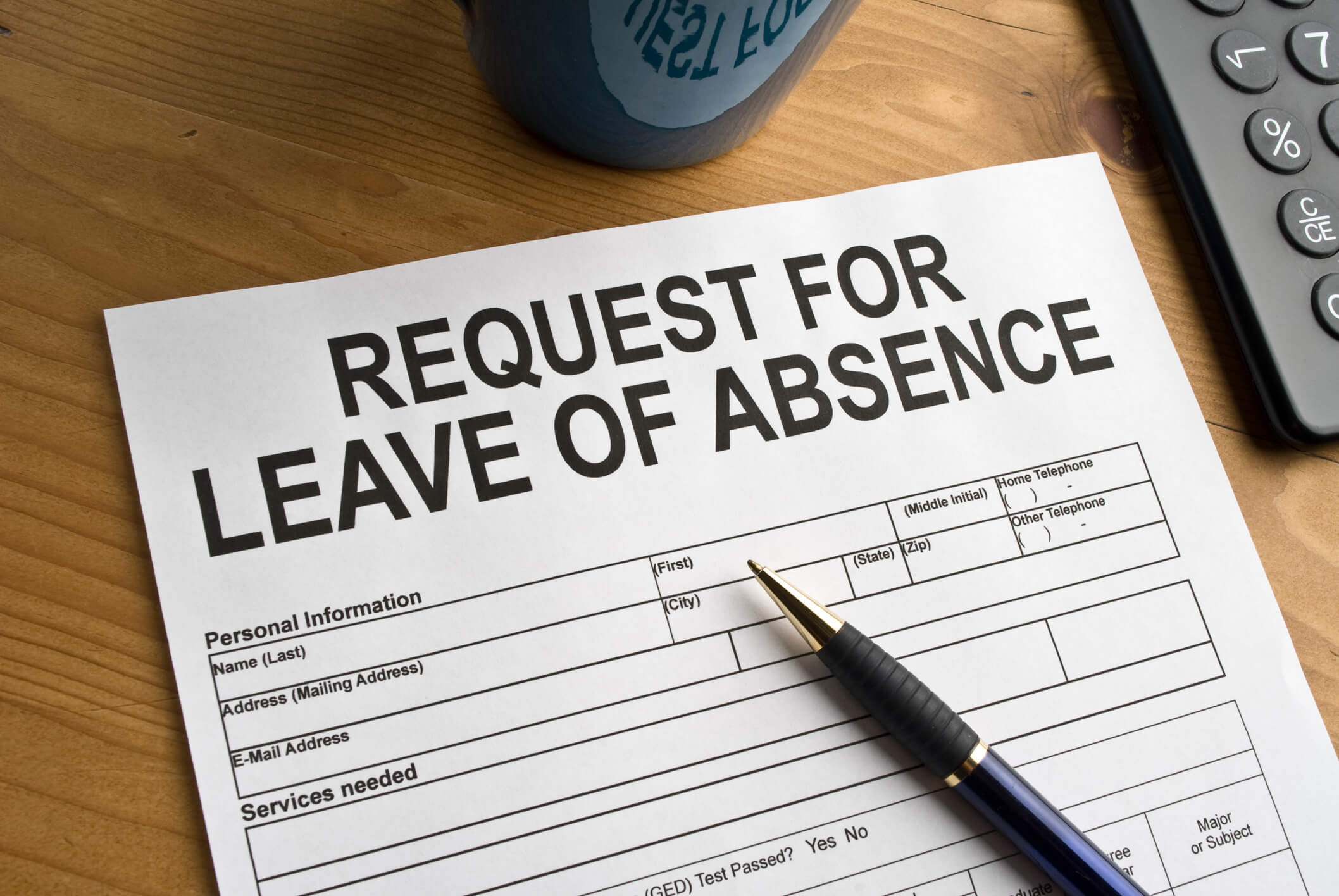In August of 2014, Massachusetts enacted broad reforms of the Commonwealth’s domestic violence laws. As Ogletree Deakins detailed in an August 18, 2014 Massachusetts eAuthority, “Domestic Leave Now Mandated in Massachusetts,” the reforms included a new law that requires employers with 50 or more employees to provide up to 15 days of leave from work during a 12-month period to employees who are victims of domestic abuse or are related to a qualifying family member who is a victim. The Office of the Massachusetts Attorney General, which is responsible for enforcing this law, recently issued advisory materials about the domestic abuse leave requirement. These guidance documents primarily track the detailed language of the law itself and provide useful summaries of the law. The guidance also provides the Attorney General’s views on certain undefined portions of the law.
First, the Attorney General interprets the law to apply to employers “who employ 50 or more employees in Massachusetts” (emphasis added), as opposed to 50 employees overall.
Second, the Attorney General gives guidance on the requirement that employers provide notice to employees about their rights and responsibilities under the law. The Attorney General does not mandate any one approach for providing notice, but instead lists the following examples of types of notification:
- inclusion in manuals given to new employees;
- an addendum to an existing employee handbook;
- a memo to employees;
- a letter or email to employees; and/or
- posting in the same manner as required of wage and hour postings (even though (i) the domestic violence leave law does not require workplace postings, as other employment laws do, and (ii) the Attorney General has not yet updated its wage and hour poster to include discussion of the domestic violence leave law).
Of note, the Attorney General’s guidance materials were placed online together with a complaint form for use by employees who feel their rights have been violated. That form asks several questions about employer policies related to the discretionary aspects of the law (such as whether and what types of documentation justifying the requested leave are required, whether leave is paid or unpaid, and whether employees must exhaust other existing leave). This focus suggests that inclusion of the domestic violence leave law in a formal policy (in an employee handbook or stand-alone) is the best approach for fulfilling the notice requirement. Such a policy will guide managers and employees in their efforts to comply with both the domestic violence leave law and the employer’s leave policies. It will also provide clarity if there is later a dispute over the employer’s leave policies as they relate to domestic violence issues.
Unfortunately, the Attorney General’s guidance does not address some key issues about law’s application, highlighted in Ogletree Deakins’ initial alert on this topic, including (1) whether intermittent leave is required, (2) what an employer should do if an employee has already been disciplined (or even discharged) based on absences and later presents documentation showing the absences were due to domestic abuse, and (3) the exact scope of the activities for which leave must be given under the statute. As with many new laws, the nuances of the domestic violence leave law will be developed over time, but the Attorney General’s advisory materials provide guidance on some basic compliance and enforcement questions.



